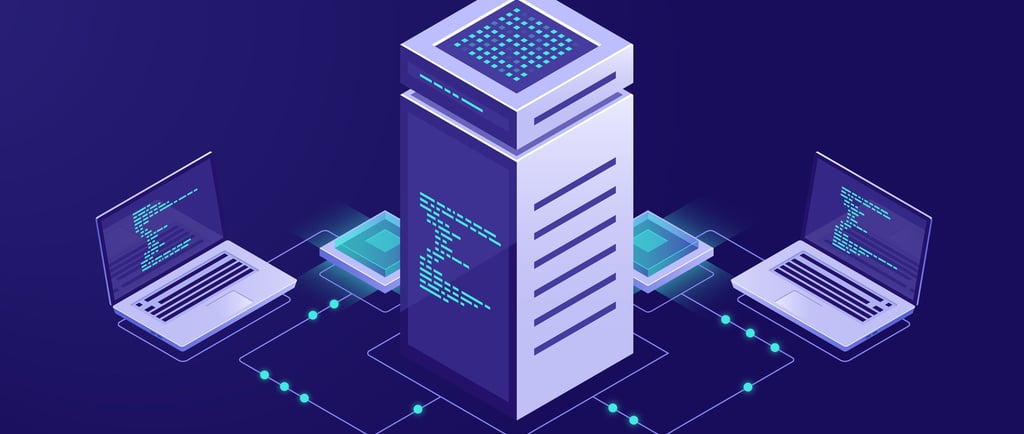Understanding Blockchain: Current State in 2025, Applications, and Future Growth
3/10/20252 min read


The Current State of Blockchain in 2025
As we progress through 2025, the blockchain technology landscape has evolved dramatically. Initially introduced as the foundation for cryptocurrencies, blockchain has expanded to encompass a wide range of sectors including finance, supply chain, healthcare, and even public administration. The adoption of blockchain solutions is no longer limited to innovative startups; major corporations and government entities actively implement blockchain technology to enhance transparency and efficiency.
Applications of Blockchain Technology
Blockchain applications are multifaceted, transforming traditional processes and encouraging greater accountability. In finance, blockchain facilitates secure and fast transactions, reducing fraud and operational costs. The decentralized nature of blockchain enables peer-to-peer transactions, eliminating the need for intermediaries. In supply chain management, enterprises utilize blockchain to trace product origins, ensuring authenticity and reducing counterfeit goods.
Healthcare is another area where blockchain is making significant strides. By securely storing patient records on blockchain, healthcare providers enhance patient privacy while improving data accessibility among authorized personnel. Additionally, the use of smart contracts in real estate transactions simplifies the buying process, ensuring that all conditions are met before any transfer occurs.
The Future Growth of Blockchain Technology
As we look to the future, the growth prospects for blockchain technology are immense. Innovations in scalability and interoperability are expected to drive widespread adoption across various industries. By 2030, analysts predict that blockchain could generate more than $3 trillion in business value annually. This growth is not only a reflection of technology advancements but also an increasing demand for transparency and security amongst consumers.
Furthermore, the integration of artificial intelligence (AI) with blockchain could lead to the development of even more robust applications, providing enhanced predictive analytics and automating processes. Organizations that leverage this synergy will likely gain a significant competitive edge in the marketplace.
In conclusion, understanding blockchain's current state in 2025 reveals its transformation from a cryptocurrency foundation to a pivotal technology across numerous domains. As applications of blockchain continue to burgeon and impact various industries positively, its growth trajectory points towards a future where blockchain solutions are integral to both personal and professional landscapes. The potential remains vast, and buyers, businesses, and investors alike should remain attuned to developments within this dynamic field.
